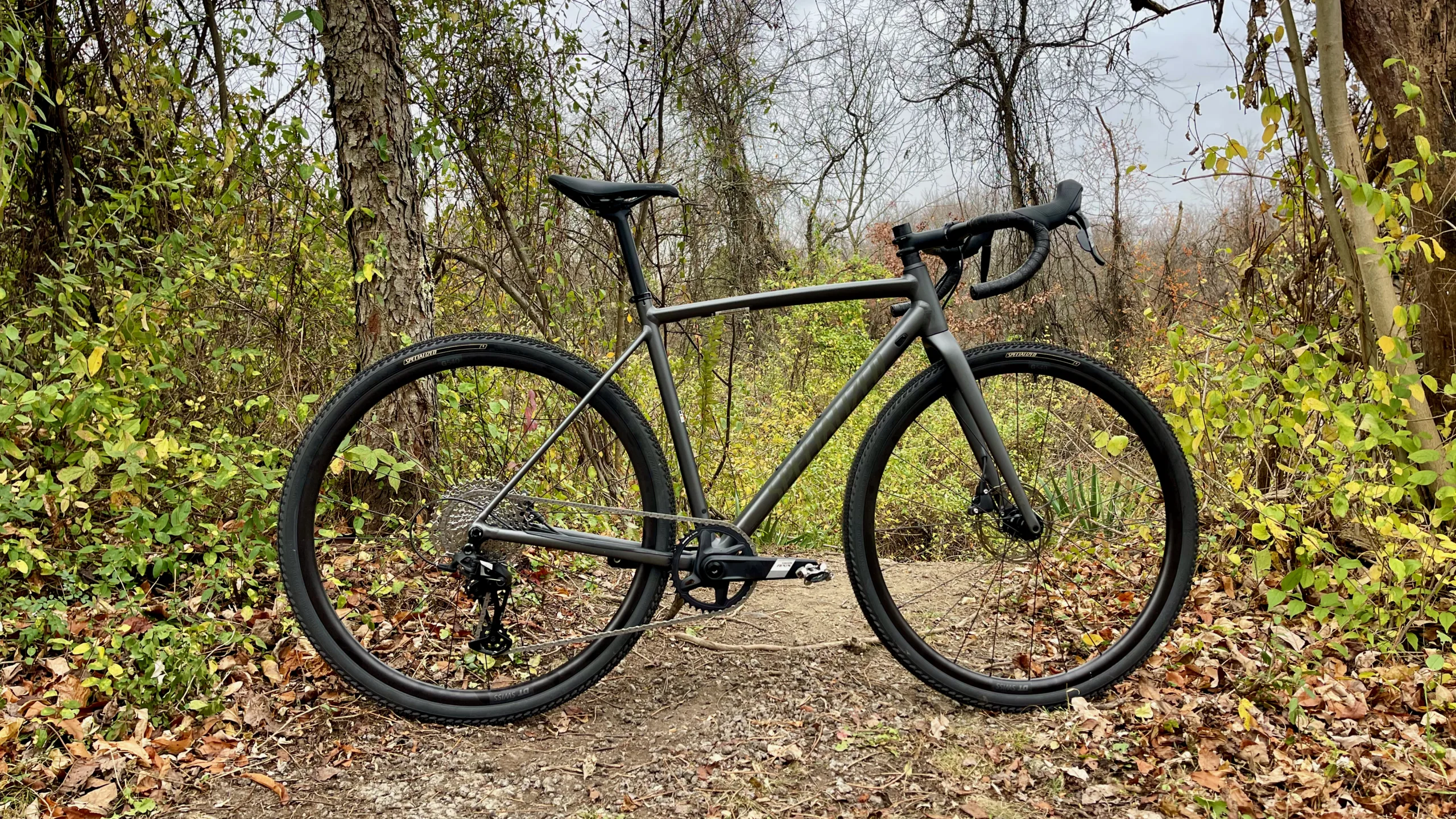If you’ve been eyeing a carbon Crux but balked at the price, the aluminum Specialized Crux DSW Comp might be your best option. It has the same geometry as its carbon brethren but is crafted from DSW alloy. This bike has a unique personality all its own and welcomes Specialized back into the world of alloy off-road drop bar frames. The build, however, makes us wonder if it is better to choose your components and build from the frameset up.
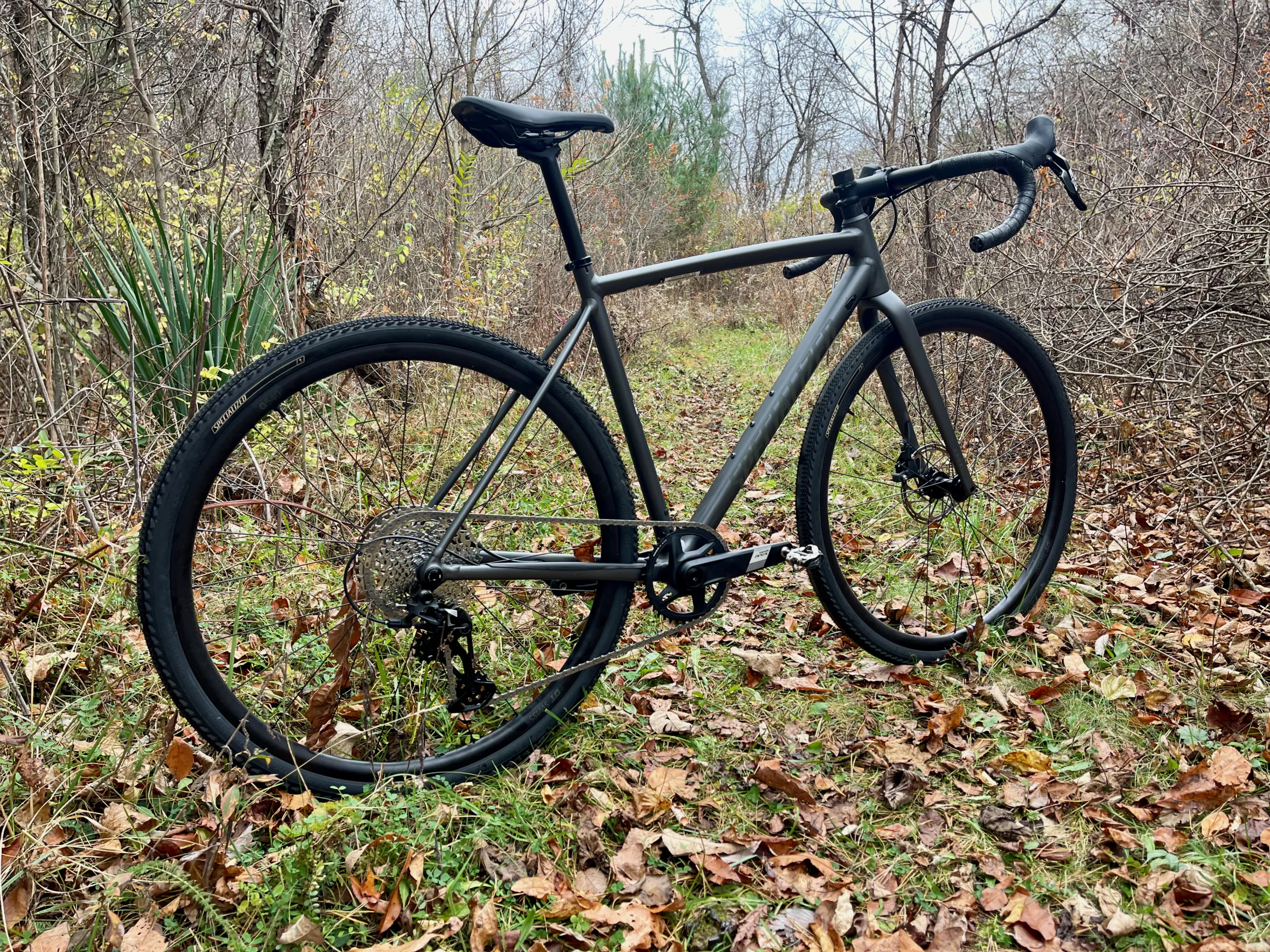
The Return of the Alloy Crux
If you’ve raced cyclocross for a while, you remember the days of the beautifully colored (and affordable) Specialized alloy Crux frames. These frames were staples at every cyclocross venue around the US and beyond. The frames and, eventually, complete bikes had a personality to them. Plus, riders could build up a frame and give their personal touch on the Crux canvas.
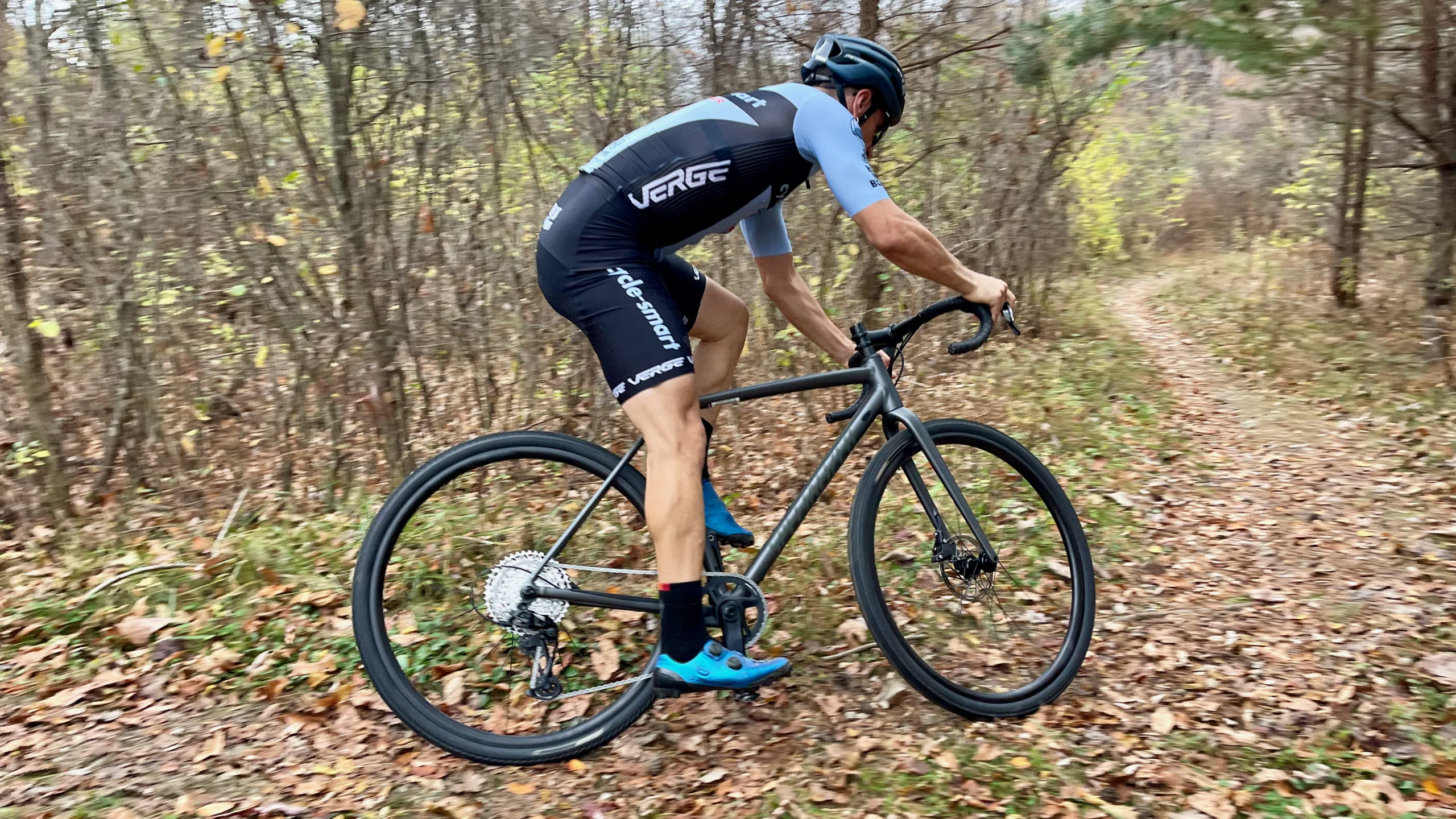
I love that Specialized sees a place for high-end alloy bikes in racing. The new Specialized Crux DSW comes at a perfect time when carbon super gravel bikes (even the Specialized ones) are priced out of touch with reality.
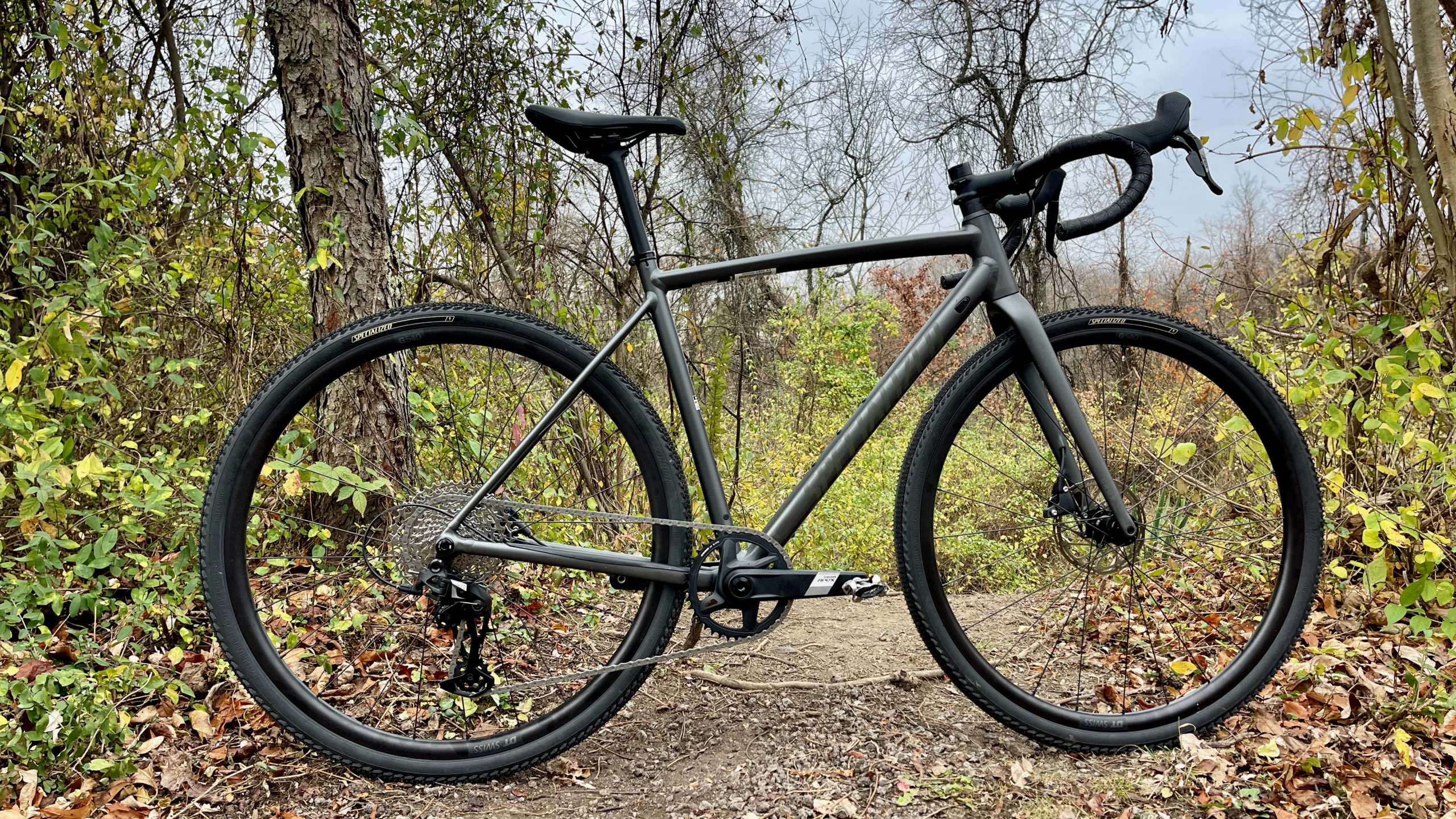
The Frame: A Mix of Allez Sprint and Chisel
If you’re familiar with the Specialized DSW (D’Aluisio Smartweld) lineup, the DSW Crux is precisely what you’d expect. Specialized calls it the “lightest alloy frame in the world,” though the jury is still out on that claim.
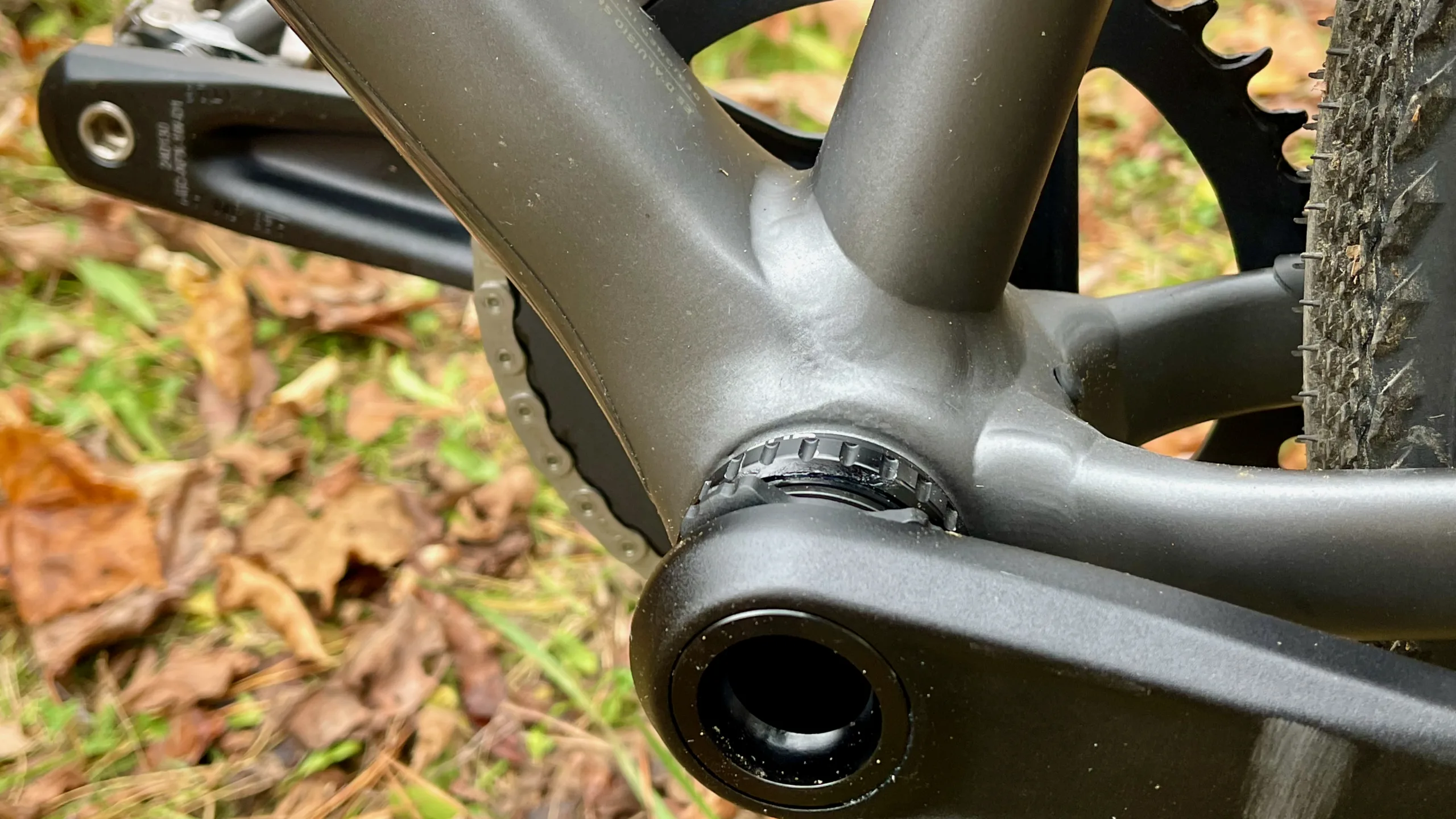
The welds over the Specialized Crux DSW frame are stout but smooth. The downtube flows directly into the bottom bracket without any welds. The headtube is more refined than the Allez Sprint and doesn’t use the same welding method. The top tube is sloping, like the current version of the Crux.
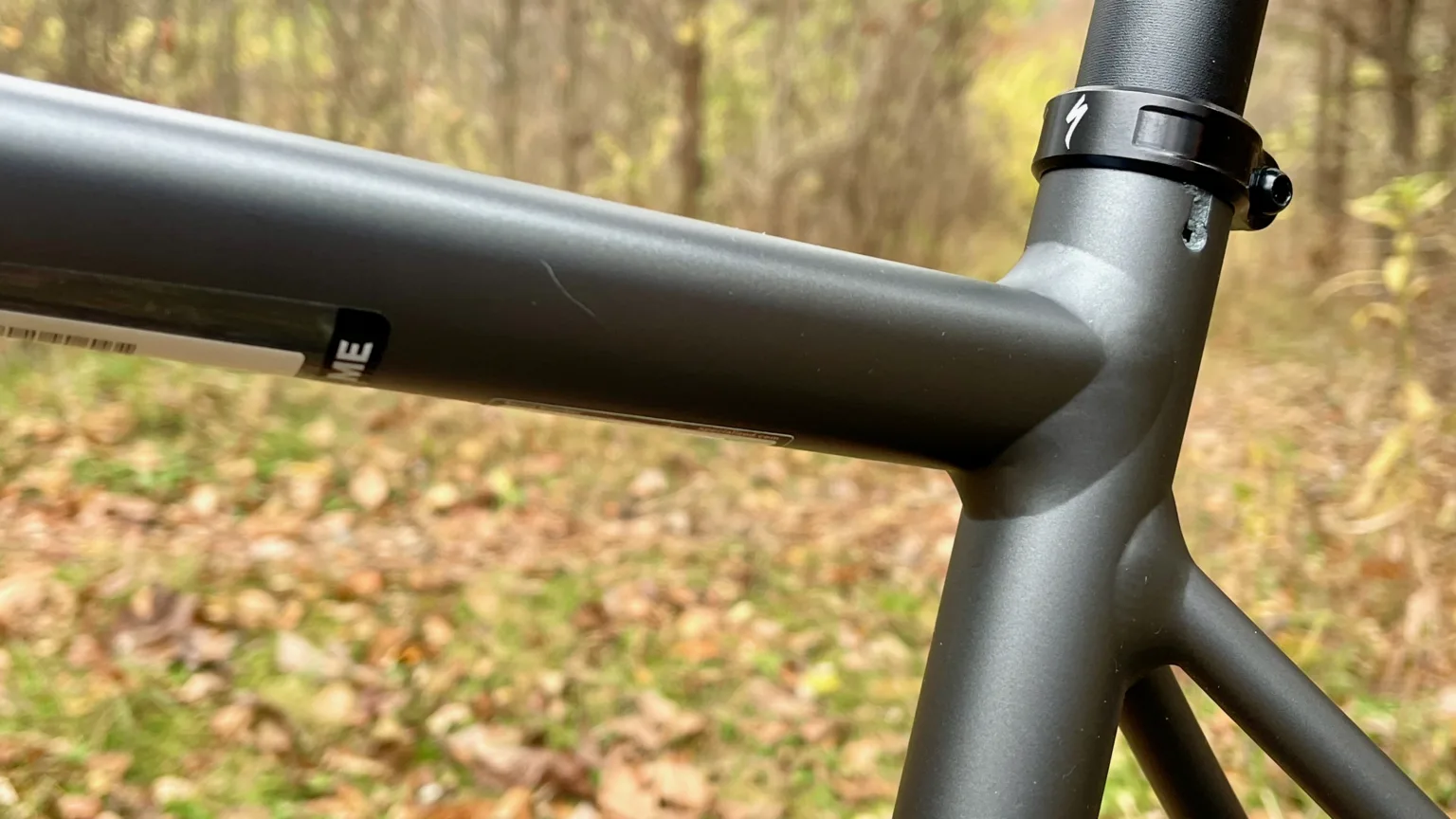
The tubing is less round than the carbon version and slightly pointed on the end where a cyclocross rider would shoulder the bike. Specialized’s target has moved towards the gravel and exploration crowd rather than the pure cyclocross racer. That said, the bike is fine to shoulder but not as comfortable as the previous version.

The seat stays are thin, reminiscent of the Specialized Chisel hardtail. The fork is the same as the carbon Crux models. The underside of the bottom bracket shell shows off some cool cutouts and easy cable routing additions.
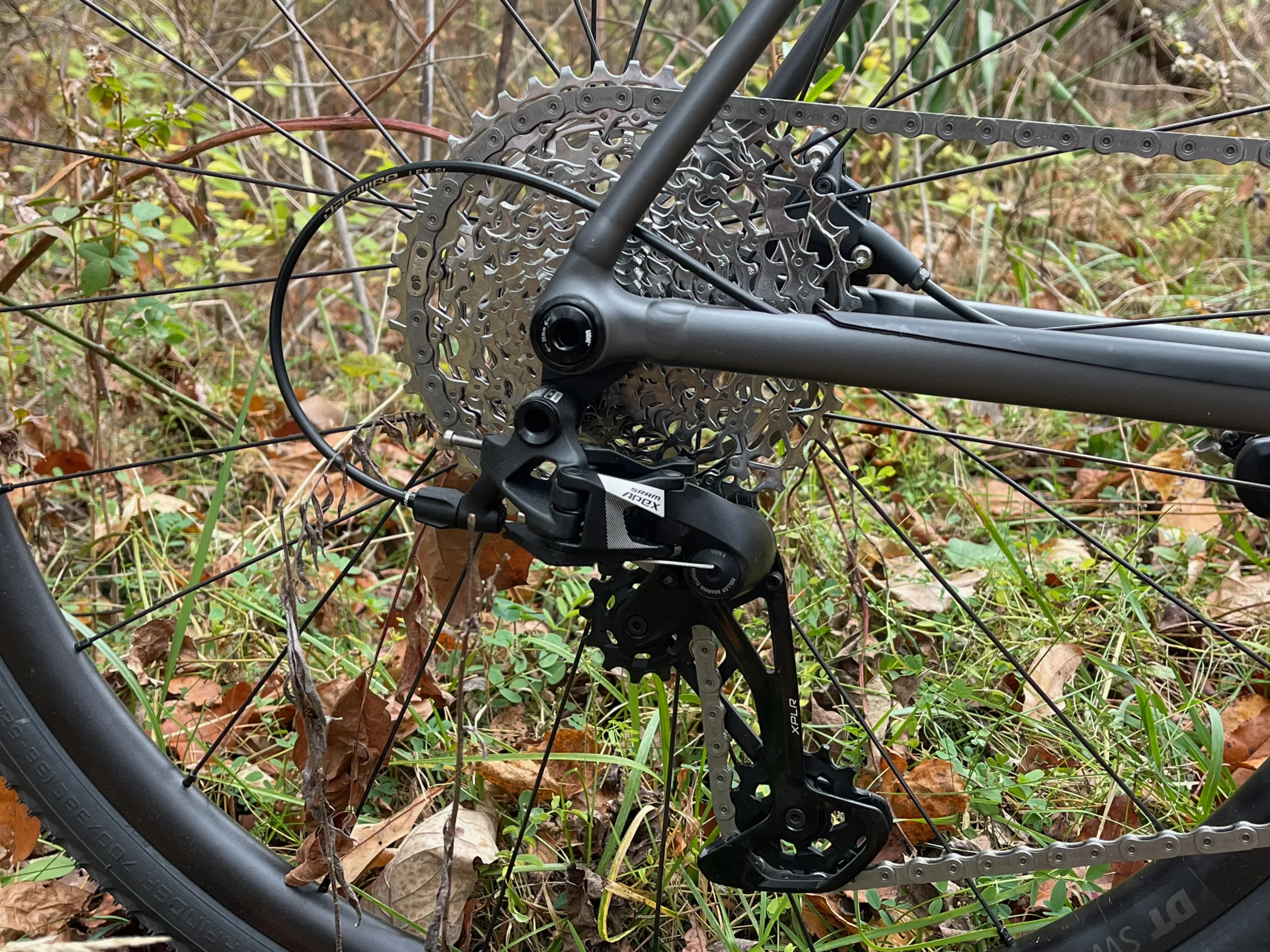
A different piece you won’t see on the carbon Crux version is a SRAM UDH (though we’re sure the next carbon Crux will have this update). Though the SRAM Apex 12-speed mechanical doesn’t require a UDH (unlike the 13-spd SRAM Red XPLR), it’s a nice touch and helps future-proof the frameset a bit.
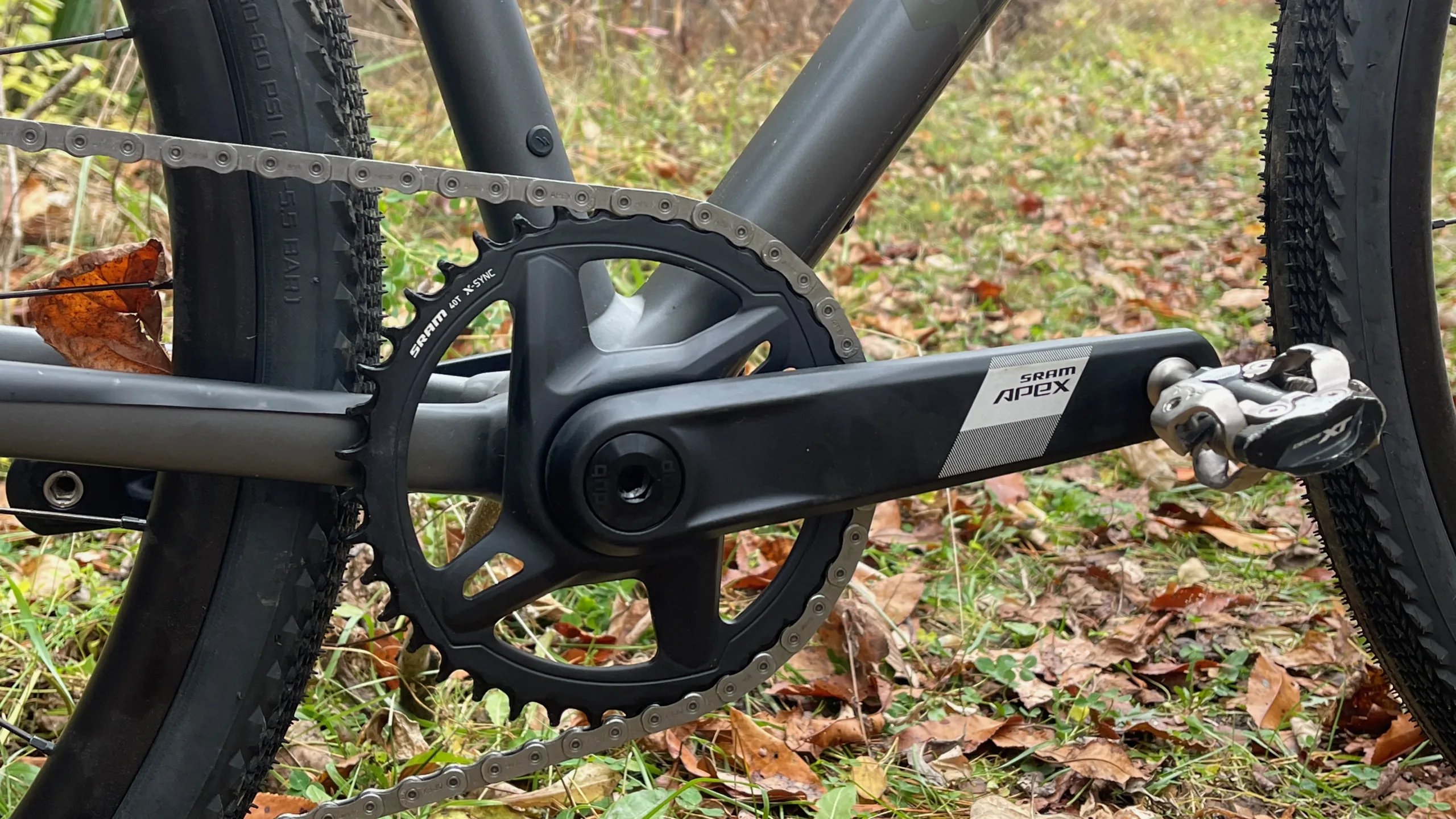
One Build – SRAM Apex XPLR 12-speed mechanical
Like it or not, the DSW Crux comes in a single build option: SRAM Apex XPLR 12-speed mechanical. It arrives with a 40T front ring and an 11-44T XPLR cassette, giving it a solid range on gravel and off-road. The build speaks to the utility of the DSW Crux and helps keep it in the sub $3K ballpark. I have opinions on the SRAM Apex XPLR group set, but I’ll save that for my ride impressions.
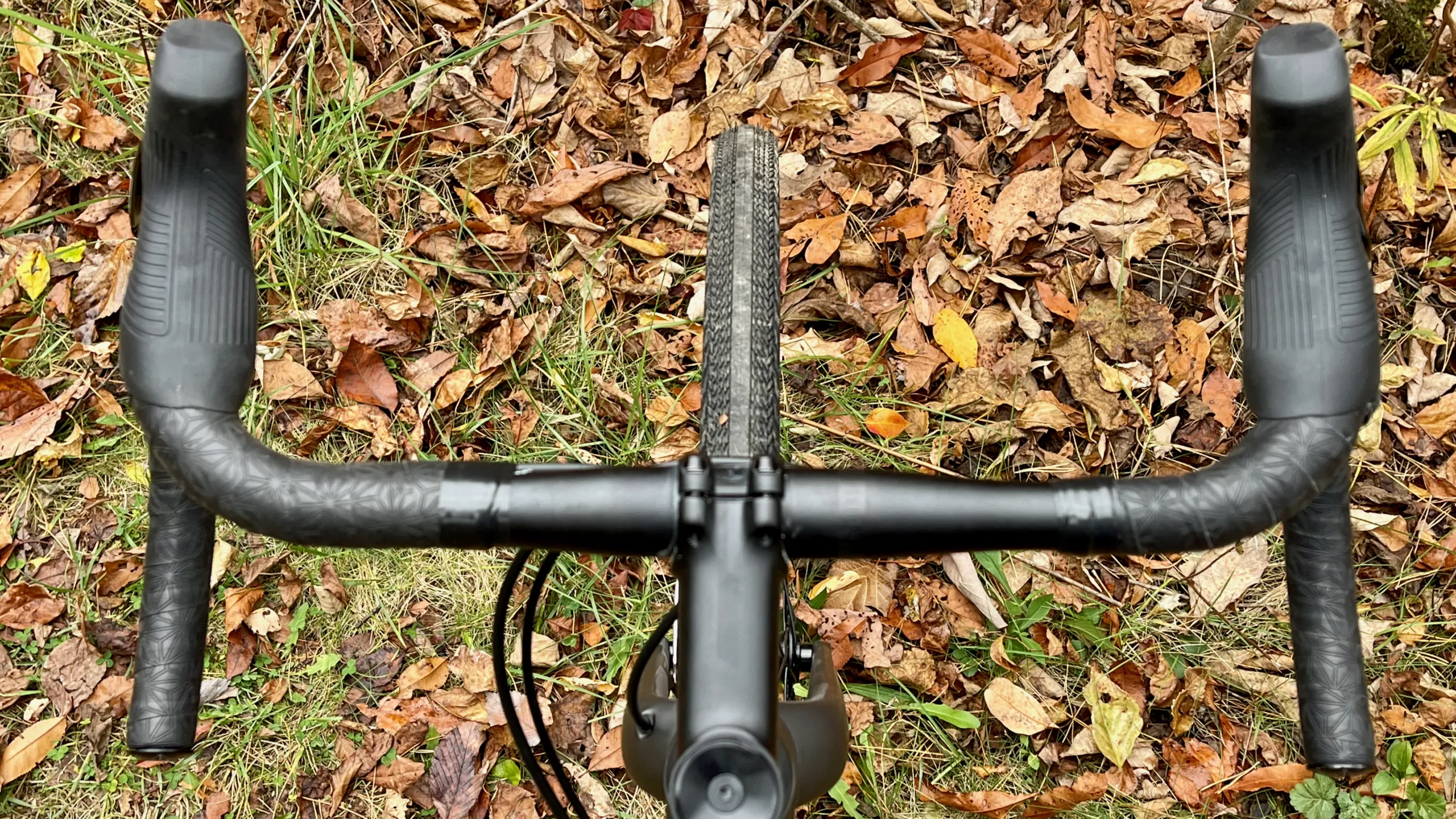
Wheels and Cockpit
The wheels are simple and effective. They are DT Swiss tubeless aluminum rims with a 25mm internal width paired with Specialized-branded hubs. The wheels come wrapped with Specialized’s 38mm Pathfinder Pro tires—one of my favorite gravel tires.
The cockpit stays in the alloy lane, arriving with Specialized Adventure Gear bars with a 70mm reach and a 12° flare. The saddle is another favorite of mine and is just as comfy as the top-tier version, the Specialized Power with alloy rails.
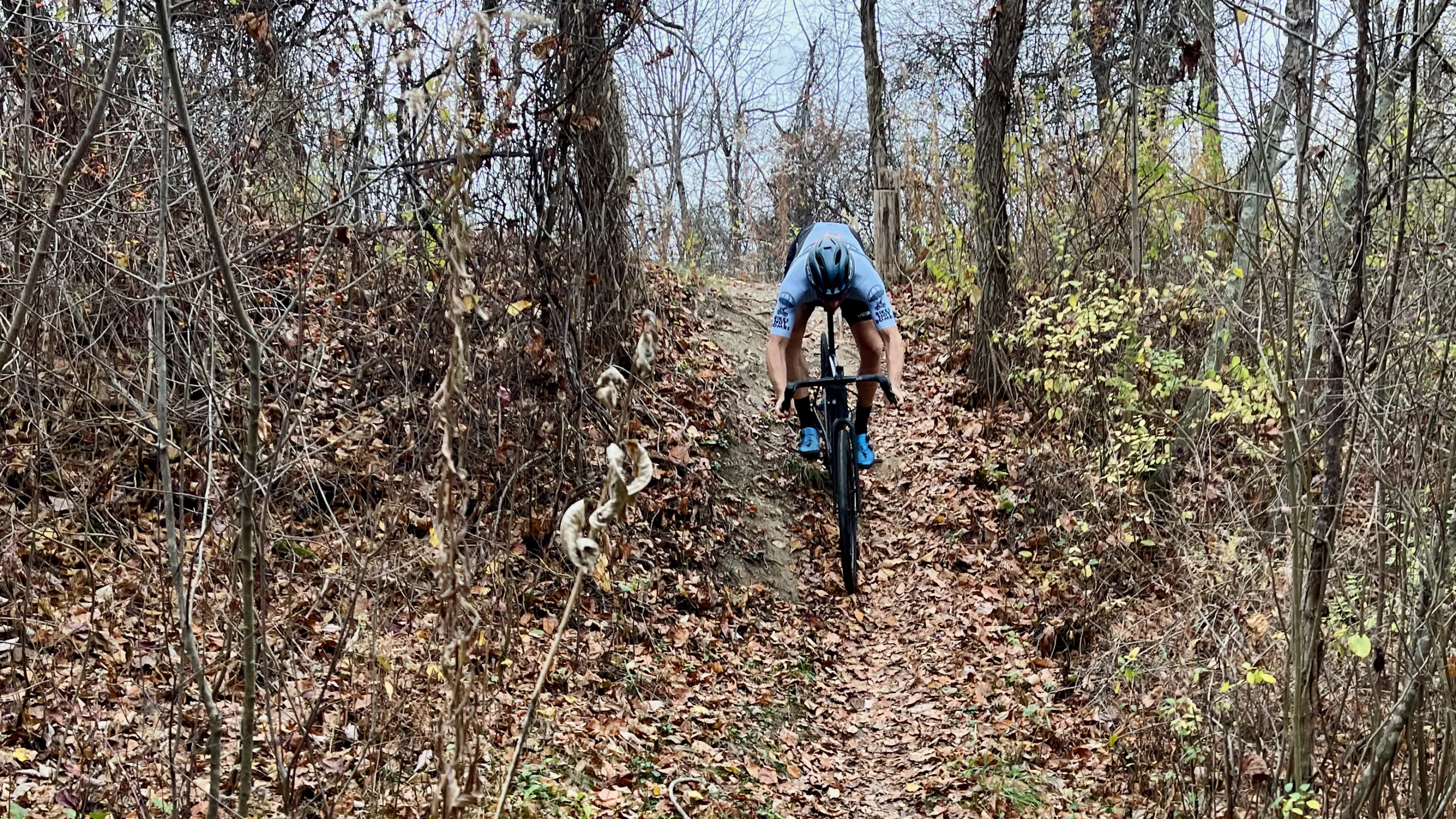
Ride Review:
My first Specialized Crux DSW Comp ride was short and slightly shocking. I dialed in the new review ride, taking measurements from my trusty Carbon Crux of the same year. Once I was satisfied with the fit, I headed for gravel. However, as I crested the final climb out of my neighborhood, my rear brake failed just as I started my descent. More precisely, the SRAM Stealth-a-majig failed. I was lucky to have the front brake, but I was still shaken after the incident.
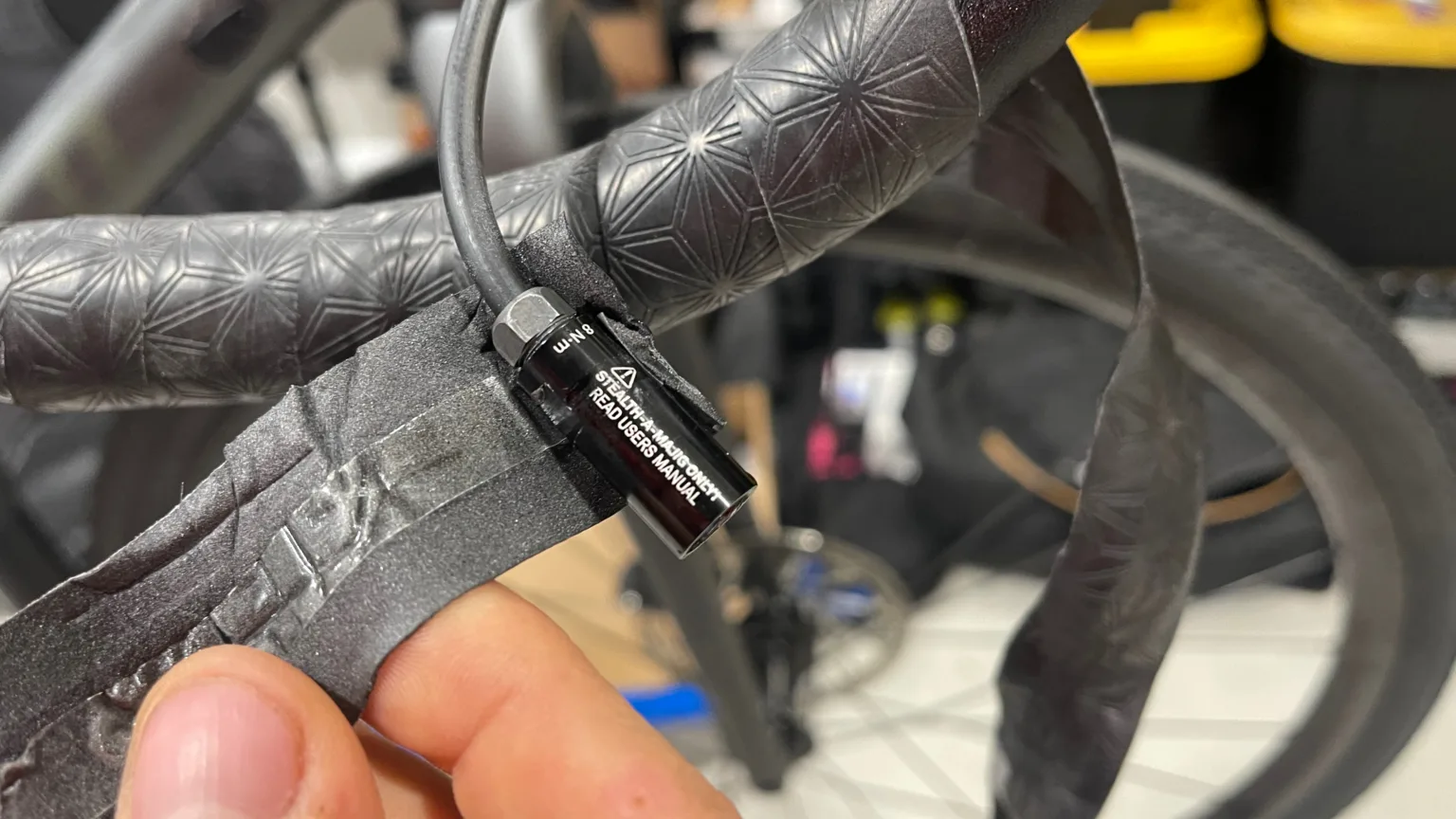
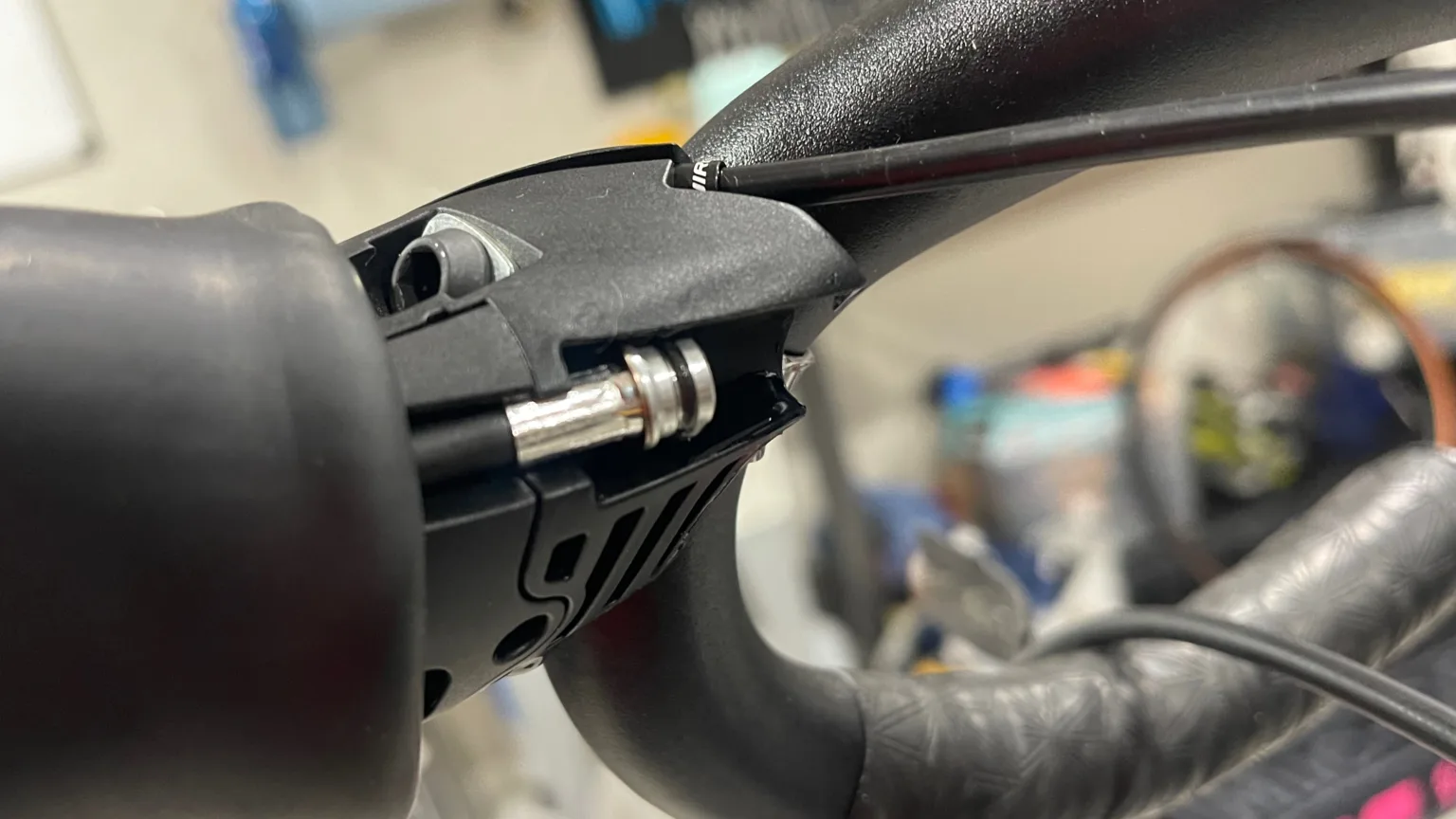
I’ve had brakes fade and lose pressure during rides, but never like this. SRAM assured me that this was a warranty issue and took the brake in for further inspection. But even after installing a replacement brake, I’m still gun-shy about pulling the lever as hard as possible. The brake failure left a dark shadow over my time on the Crux, but the goodness of the bike still showed through.
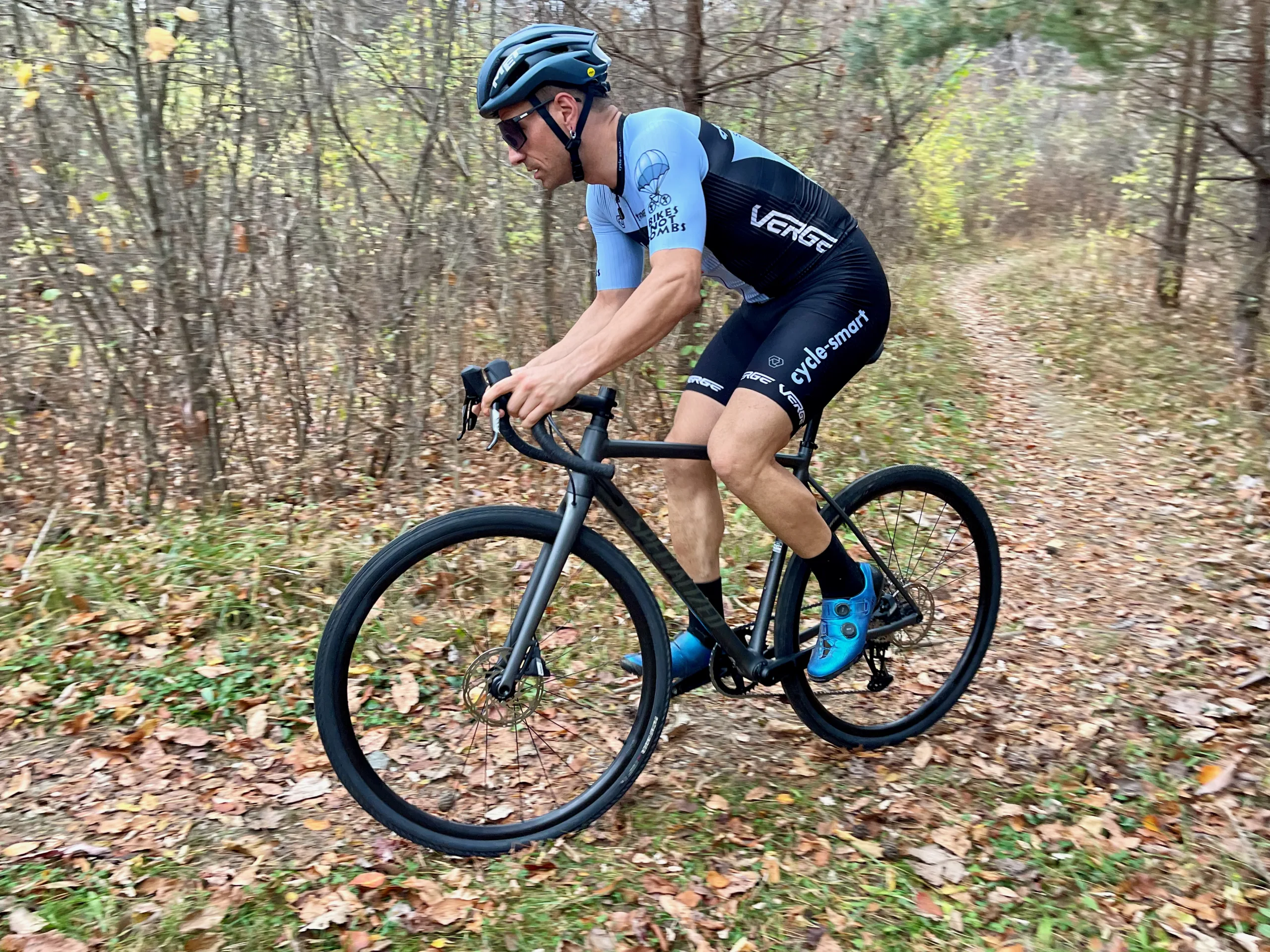
Take 2 — Actual Riding
Now that my Crux was good to go, I chose a new route (I’m not superstitious but I am a little stitious…) and hit the gravel. Besides the different lever feel (I ride Shimano on my bike) the ride was very similar to the carbon version.
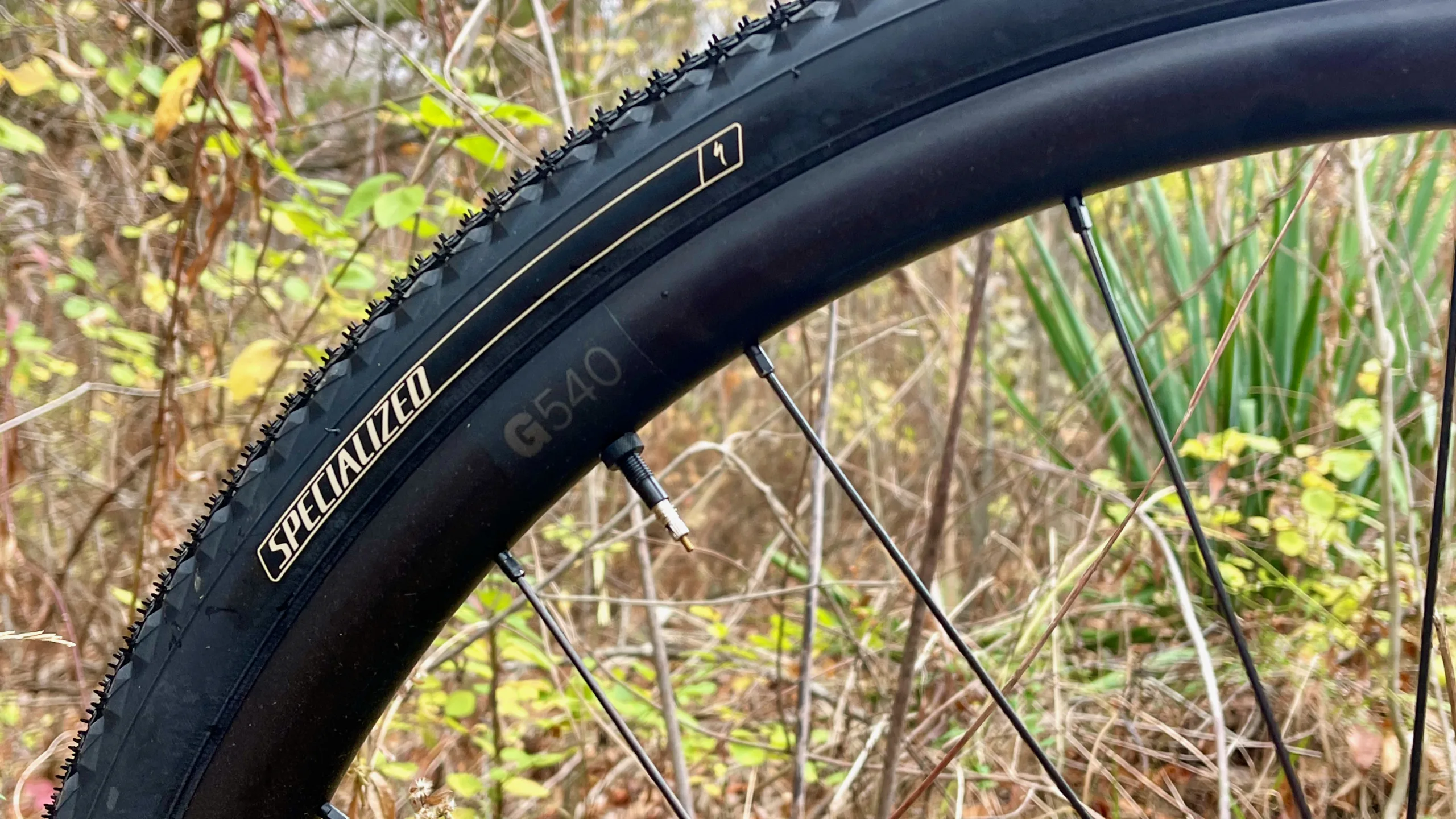
Since the Crux DSW Comp comes with 38mm tires, the hum of the alloy is pretty muted. The alloy seat post is the bike’s only harsh and heavy (330g) component. I imagine that’s where most will upgrade first to take the edge off, give a little compliance, and shed some weight.

Excellent Ride Quality
The Crux DSW Comp’s ride is responsive and lively. I can see this being a very popular option for cyclocross racers and gravel racers alike. The pedaling is responsive, and the bike’s geometry is the same as the carbon version—less aggressive than the previous version but easy to steer.
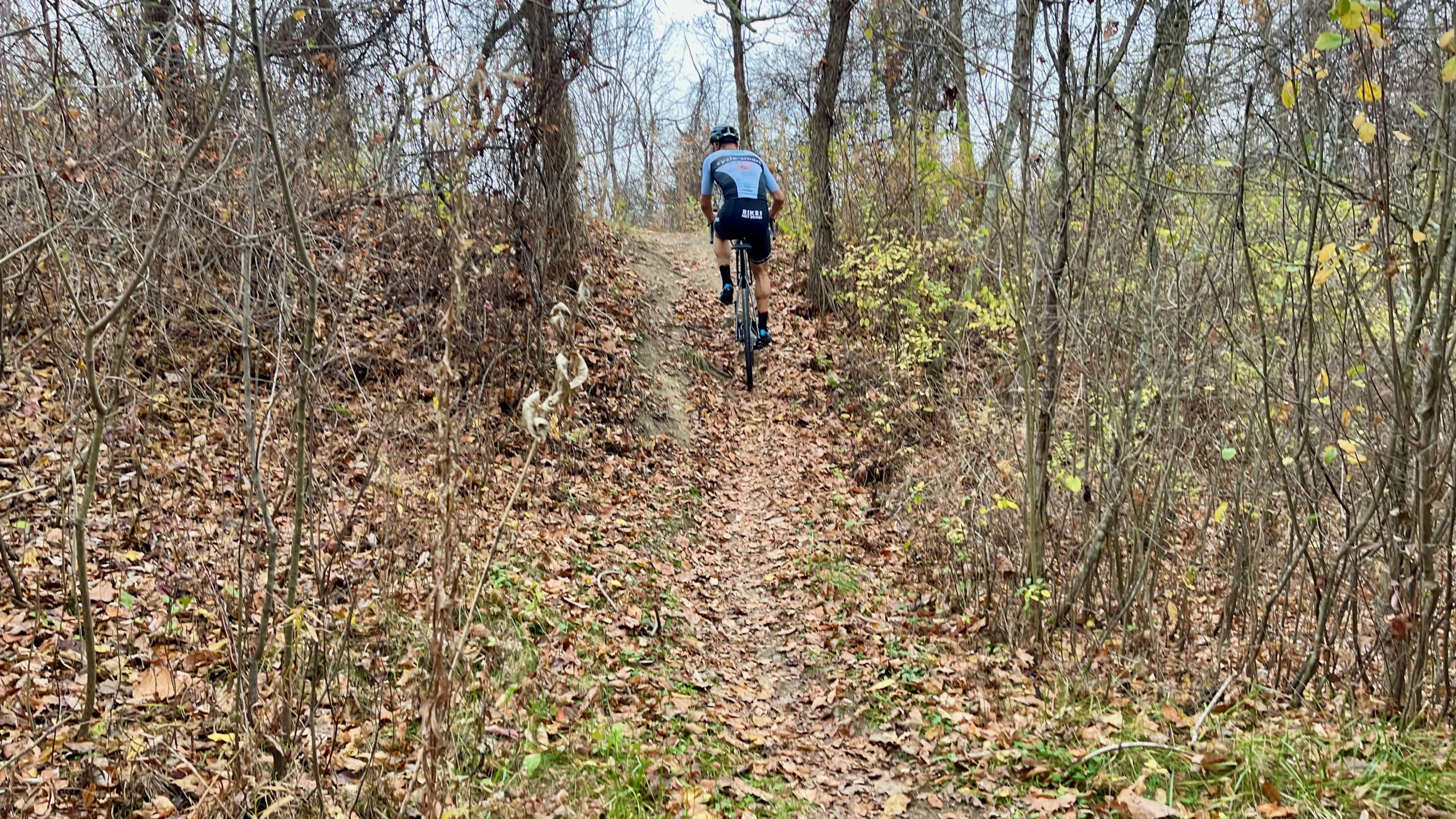
The Crux DSW can hold its own in the woods and on single track. It’s slightly slower turning than a traditional cyclocross bike, but the short stem gives it a faster feel. Plus, when you get into the rocky and technical bits, the bike is effortless to pilot.
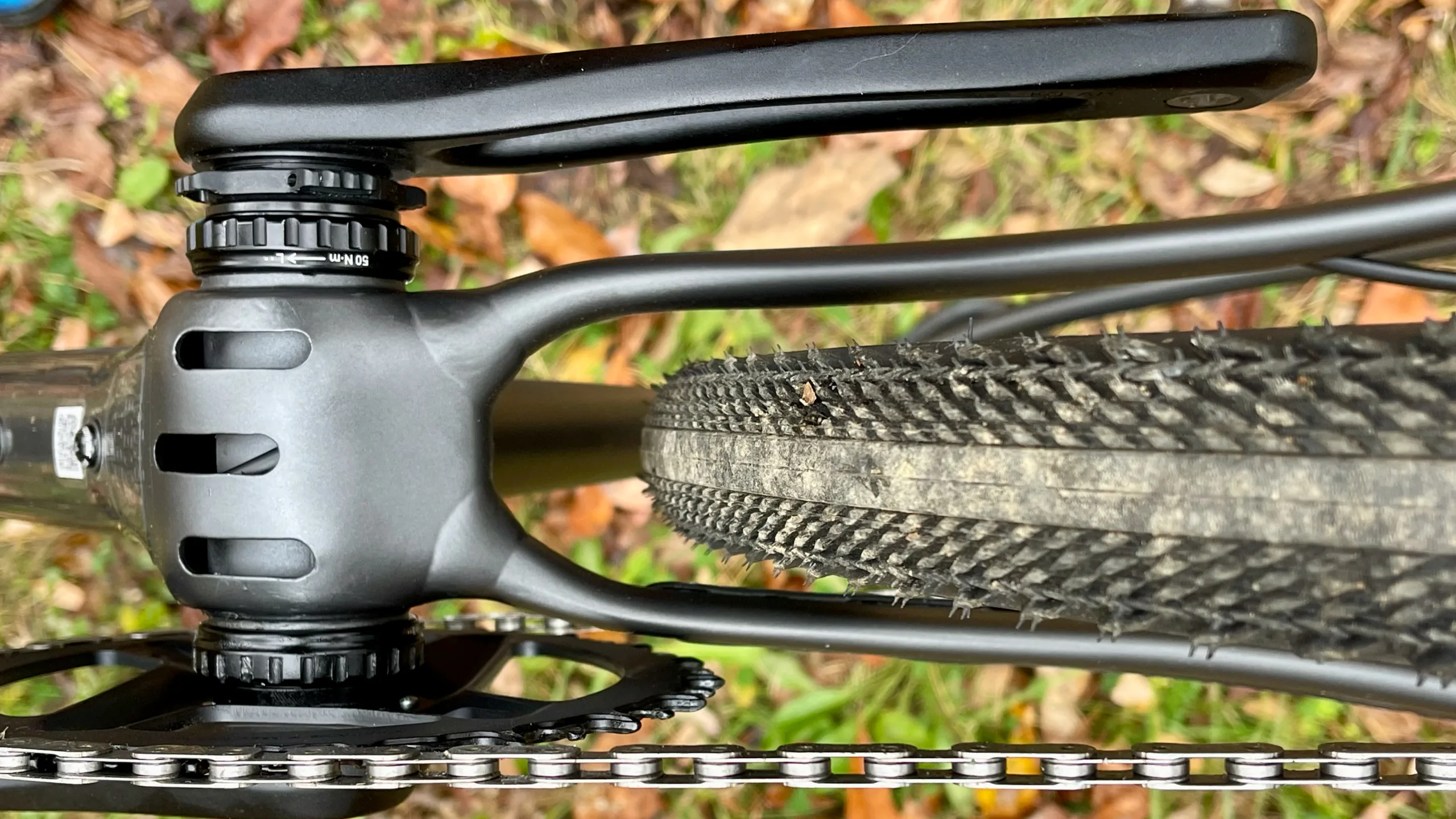
The alloy frame is hardly noticeable on the trails, open roads, and gravel-heavy sections. The super thin seat stays soak up the bumps, and the larger tires do the rest. Like its carbon counterpart, the frame is very stable on long open roads and descents.
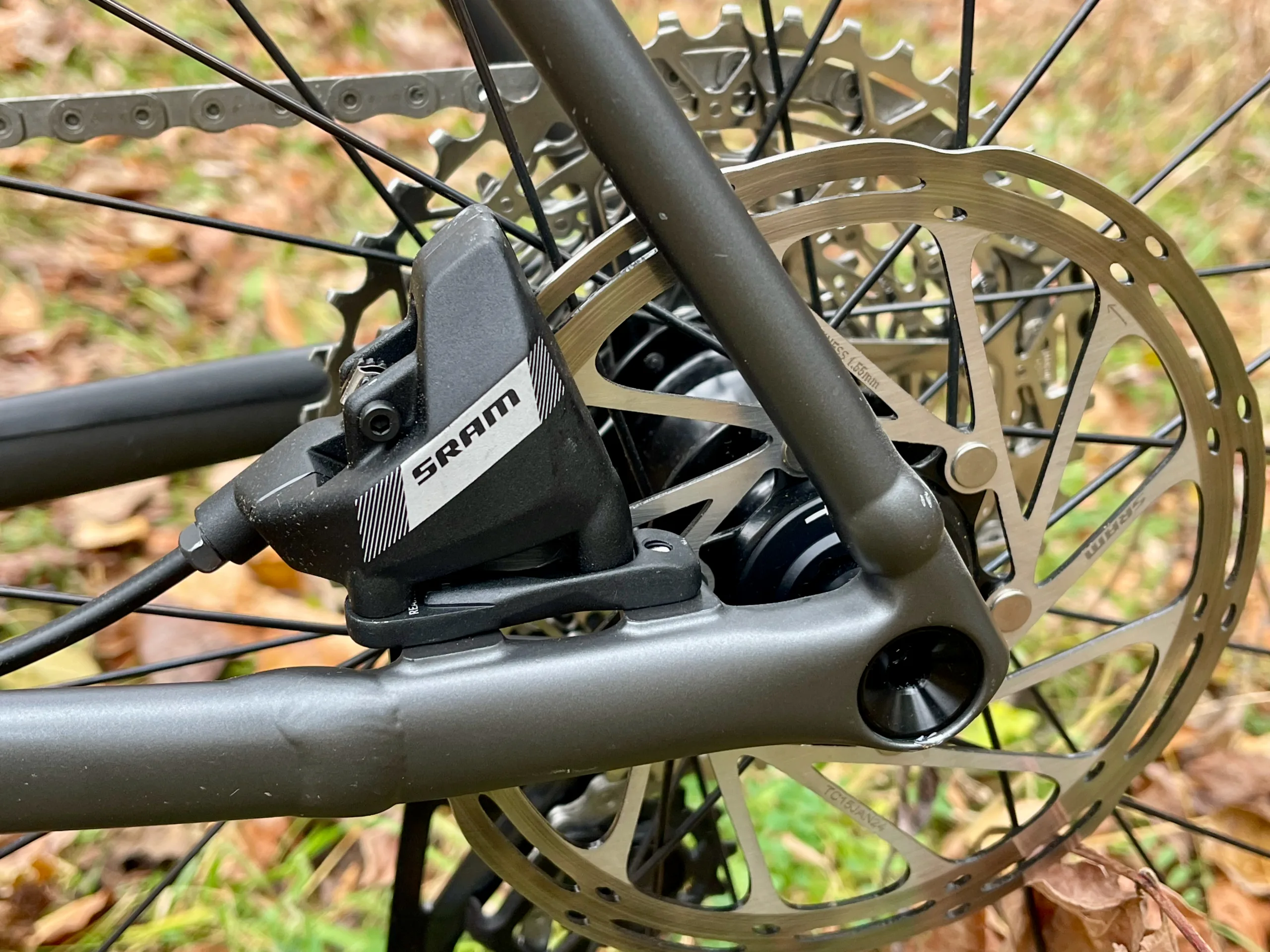
Our demo ride arrived in the satin oak paint scheme, and it wasn’t my favorite. It looks like a carbon bike, and the satin finish holds onto mud and dirt more than a gloss paint would.
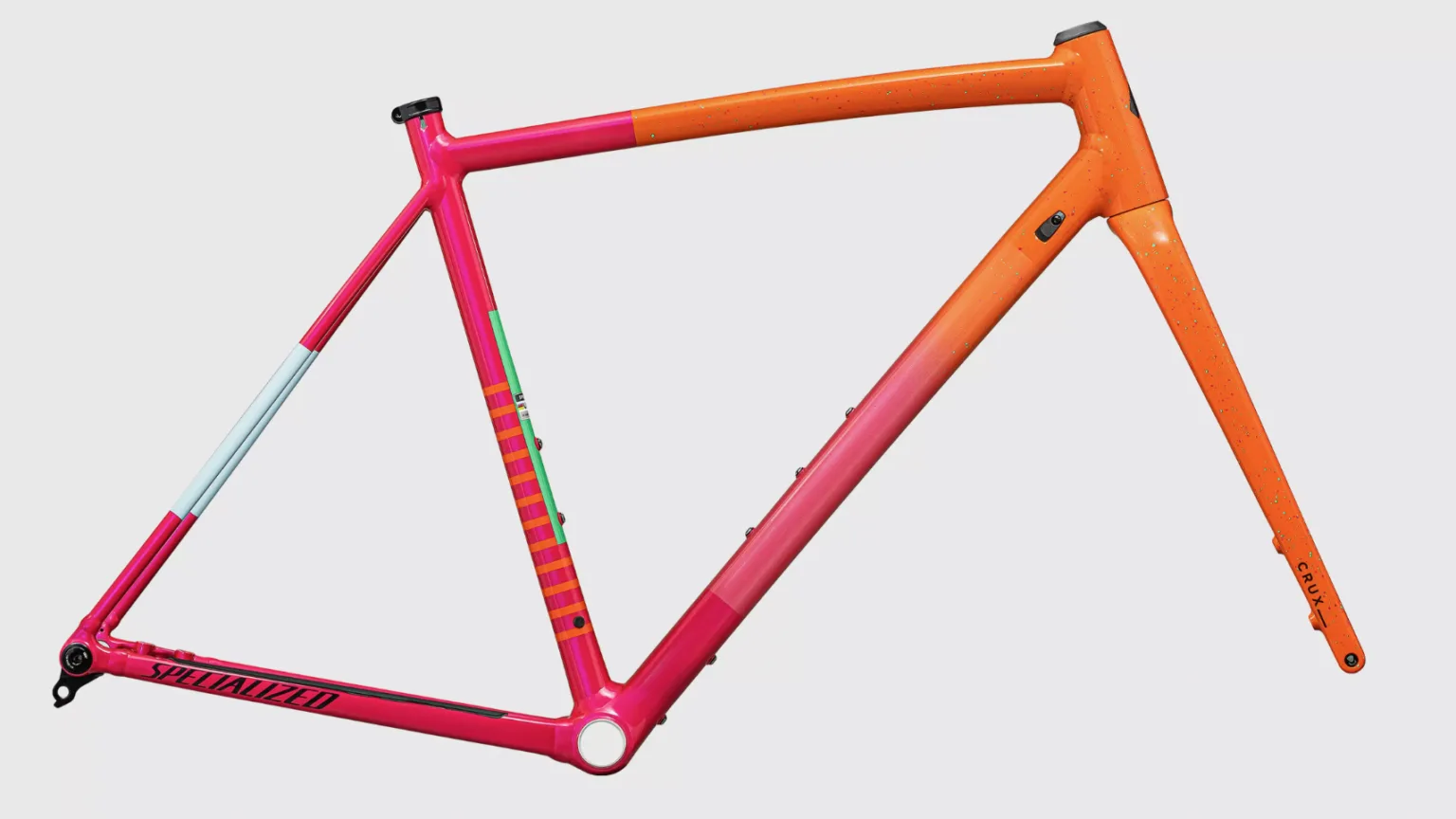
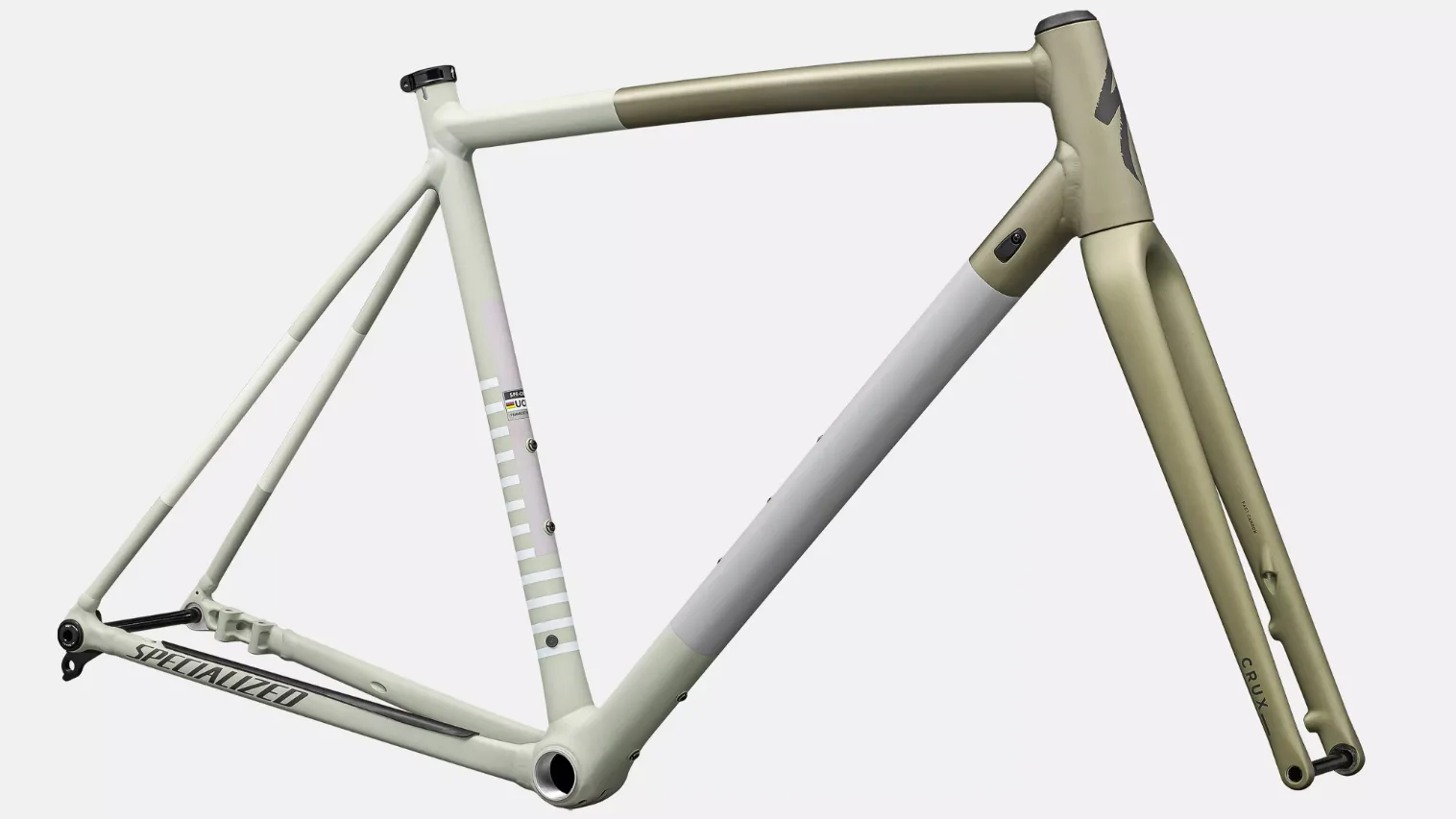
I’m personally a fan of the older alloy Crux paint schemes, with neon blazed lines and loud colors. Though, if you’re into that (but slightly more tame), check out the frame-only options (above, $1,700) for the Crux DSW.
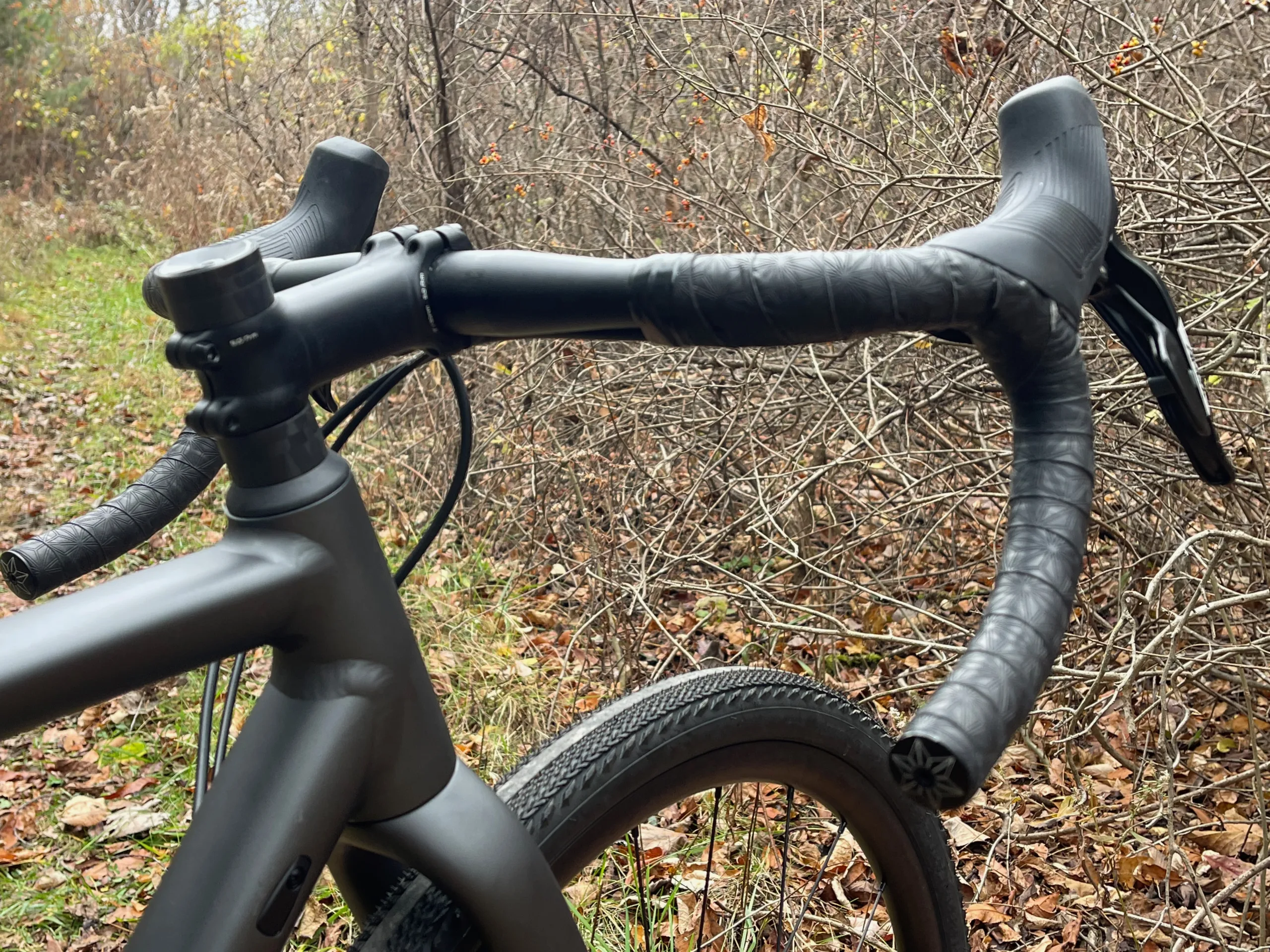
Though the SRAM Apex XPLR group let me down initially, the shifting and braking performance was solid after I got sorted. The hoods are nice and wide, with a slight tooth on the brake lever. The shifting is crisp and easy to dial in. The XPLR gearing range is ample and will be an asset for anyone doing extended explorations on the Crux DSW.
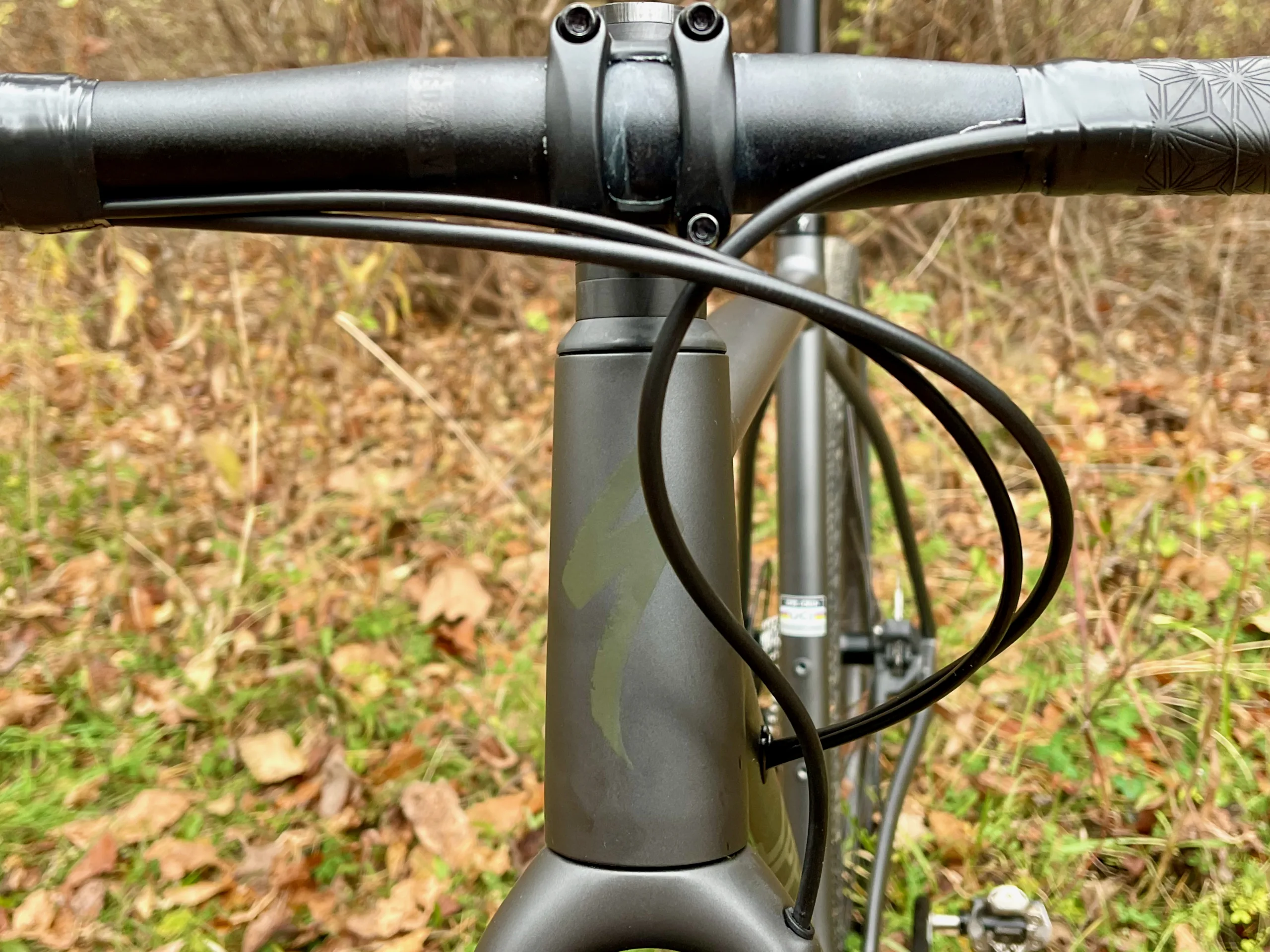
Final Thoughts
Overall, I’m a fan of the Specialized Crux DSW Comp. It’s a performance alloy bike with an attainable price for anyone looking to jump into gravel or cyclocross. The frameset is rock solid and has an excellent feel and responsiveness. The bike is easily upgradable to shed some extra weight, even though it’s respectably light. The weakest spot for me is the SRAM Apex spec. It helps keep the price down, but a comparable Shimano spec would go a long way with riders.
Would I race Crux DSW? I would 100% race this bike. I’ve raced the carbon version of the Crux for years, and I love it. However, I would probably go with the “choose your own adventure” build route.
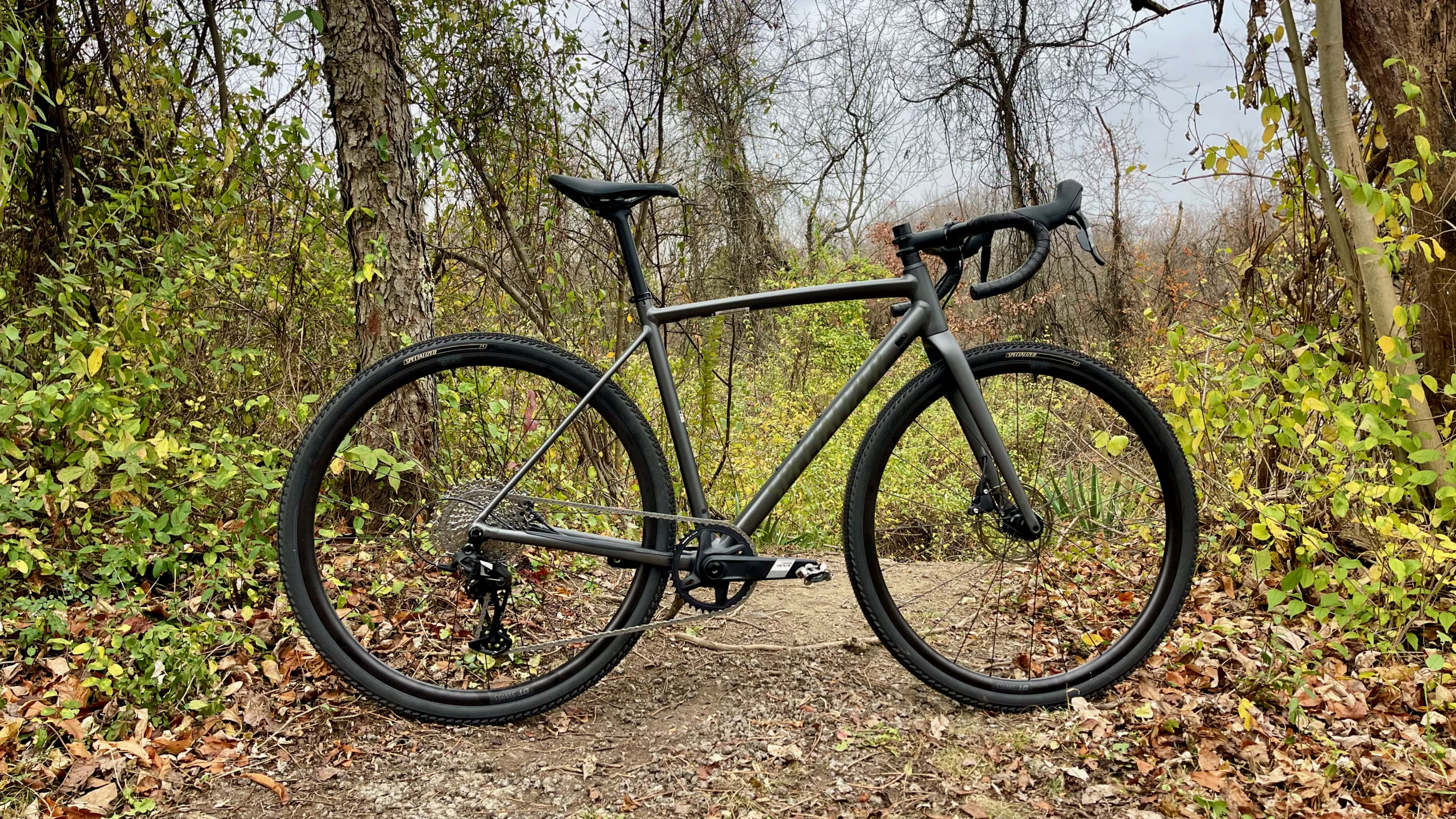
Bottom Line
The Specialized Crux DSW Comp delivers an excellent ride and should help get more riders on gravel and between the tape. I recommend it to anyone looking to try gravel riding, commuting, or cyclocross. The $2,600 price tag is very reasonable for this much bike, and the fully stock 21lb (54cm) weight puts it on the pointy side of alloy life.
